Rio Red Grapefruit Tree
$109.50 Original price was: $109.50.$76.65Current price is: $76.65.
- Free Shipping over $25
- Fast & reliable delivery options
- Enjoy top quality items for less
- Multiple safe payment methods

Grapefruit are a popular way to start the day, but increasingly the ‘boring’ white-fleshed varieties are giving way to the sweeter, tastier and more attractive red-fleshed ones. If you love grapefruit and want to have your own supply of garden-fresh, tree-ripened fruit that have only been treated with what you chose to treat them with, then planting your own tree is a great decision.
Since you will have that tree for a long time, it makes a lot of sense to plant a red-fleshed variety, and the Rio Red Grapefruit is a newer variety that is an improvement over older types. It is an easy plant to grow and will soon develop into a beautiful tree that will be decorated with big, juicy grapefruits starting in fall and staying on the tree until the following spring. Leaving them on the tree is the best way to store grapefruit and nothing could be more convenient.
Growing Rio Red Grapefruit Trees
The Rio Red Grapefruit is an evergreen tree that can grow to 20 feet or more in time. The leaves are glossy, a deep, rich green in color and around 6 inches long. The flowers are white and scented and trees bloom usually in spring. Fruits begin to develop shortly after flowering ends, and they grow larger the longer they are left on the tree.
Knowing When Your Crop is Ripe
The first fruit should be ready to eat by mid-October while the skin is still a little green. As the green color is lost from the skin the fruit becomes sweeter. Unlike some other citrus fruits, grapefruits can be left on the tree until May of the following year. The fruit remains good and even becomes sweeter as you leave it on the tree. Grapefruit trees are heavy croppers. Even a young tree can produce 25 pounds of fruit and a mature tree can produce 250 pounds of fruit every year. One tree will give a whole family plenty of grapefruit for much of the year.
Hardiness and Climate
The Rio Pink Grapefruit tree will grow in zone 9 or warmer. It is more cold-resistant than the much older Ruby Red variety, so it can be grown more successfully out of doors even in the coldest parts of zone 9. Plant it in a sunny, sheltered place in any soil that is well-drained. Any pests and diseases that could develop are not ‘life-threatening’ and at worst will just cause some blemishes on the skin. It is easy to have healthy, chemical-free grapefruits right from your garden. Grapefruit trees need no pruning, so that another chore that is not needed for this easy fruit.
Growing in a Pot
The Rio Red Grapefruit can also be grown in a pot. Choose a large pot and add 20% coarse sand to regular potting soil, or use a cactus soil or special citrus soil. Let the soil dry a little between each watering. Always water thoroughly until water drains from the pot and do not leave your tree standing in a saucer of water. Fertilize regularly with a citrus fertilizer during the growing season. Place the pot in a warm, sunny spot.
When night temperatures start to fall to 500F bring your tree into a bright, cool place for the winter. Return it to the outdoors when the night temperatures return to 500F, but for the first two weeks bring your tree inside at night until it adjusts to the lower temperatures outdoors.
History and Origins of the Rio Red Grapefruit
Grapefruit trees have a complex history. They are the result of a cross between the orange and a very unusual citrus fruit called the Pomelo. These two trees were growing together in Jamaica and either by chance or intentionally, they cross-pollinated to produce the grapefruit, Citrus x paradisi. There were trees being grown in Barbados by 1750. Trees were brought to Florida in 1823, by Odet Philippe, the first permanent settler in the Tampa Bay area. In 1906 a pink grapefruit was discovered growing and this was taken to Texas, where in 1926 a red grapefruit called ‘Ruby Red’ was discovered.
Plants are not always stable in their features, and sometimes change into something else. Around 1980 an unusual fruit appeared on a Ruby Red tree in a citrus grove belonging to C. Henderson, outside Houston, Texas. Seeds from that fruit were collected by Dr. C. J. Hearn, a scientist with the US Department of Agriculture in Florida. He grew those seeds and developed the ‘Rio’ Grapefruit, releasing it as a new variety in 1987.
Buying Rio Red Grapefruit Trees
Because of its special heritage, the Rio Red Grapefruit must be grown from stems taken from correctly-named trees. These stem pieces are grafted onto hardy roots that encourage healthy growth. Beware of cheaper seedling trees that will not perform well and will only be a disappointment to you. Our Rio Red Grapefruit is true to its name and we receive fresh plants constantly, so that our customers only get the best material shipped to them. We find that this popular variety is often in short supply, so order now to avoid being disappointed.
Be the first to review “Rio Red Grapefruit Tree” Cancel reply
Related products
Apple Trees
Citrus Trees
Fruit Trees
Fruit Trees
Citrus Trees
Fruit Trees
Citrus Trees
Citrus Trees



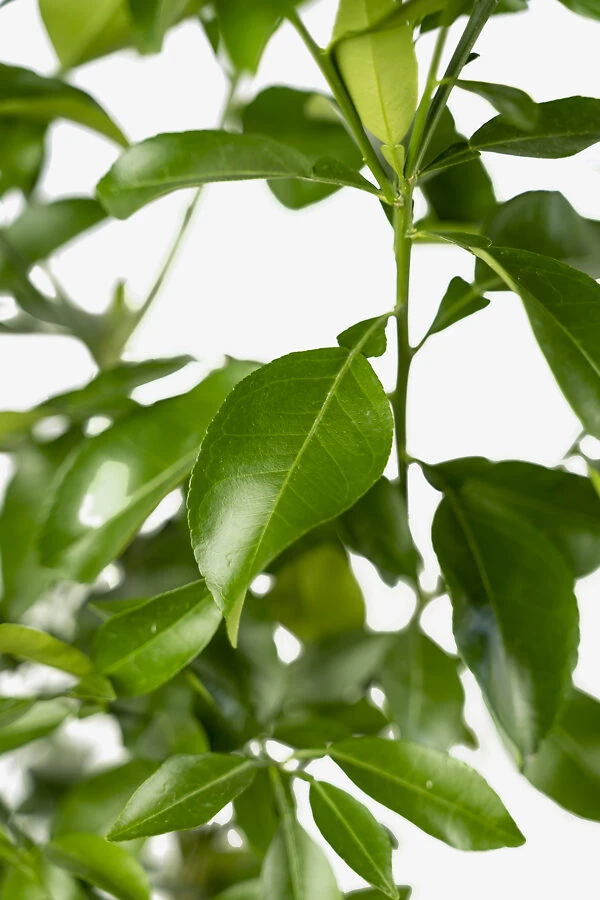
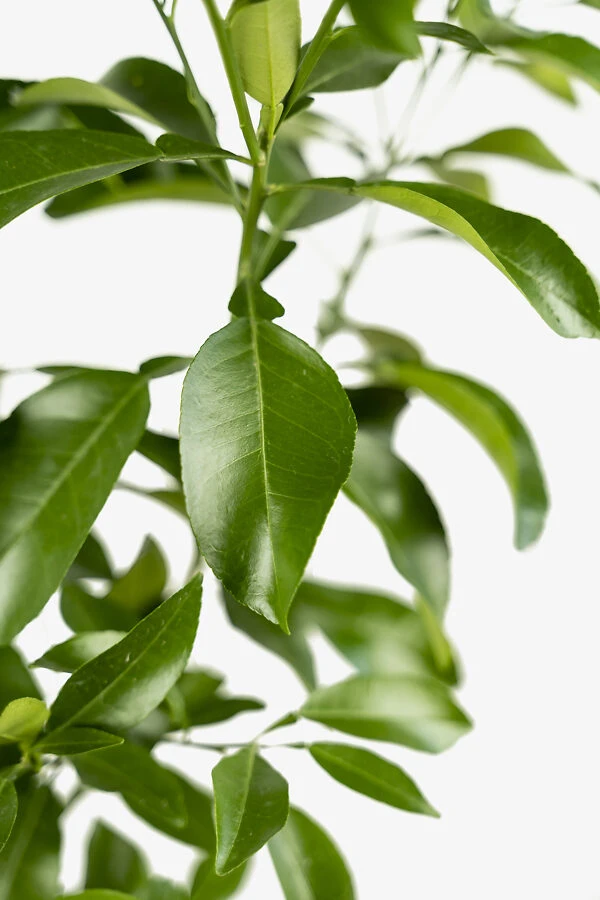


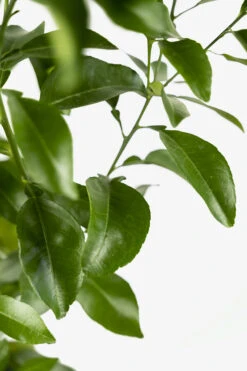
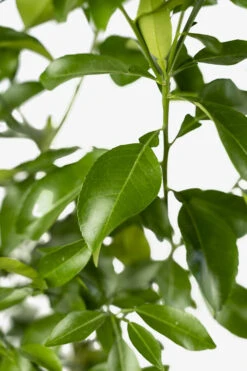
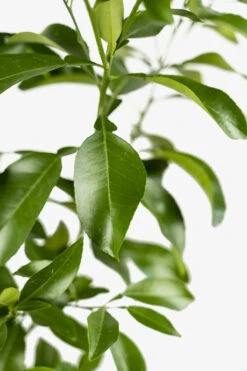

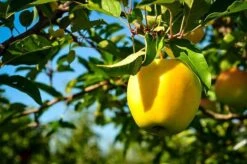

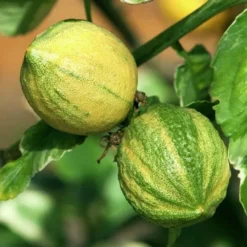

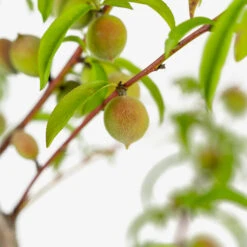





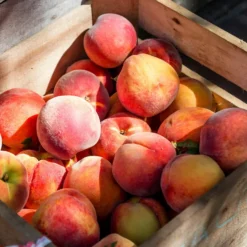

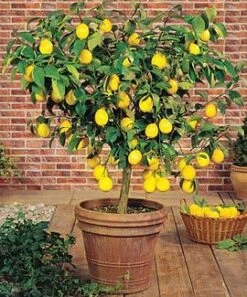
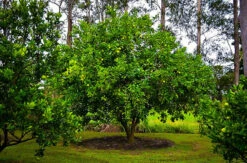
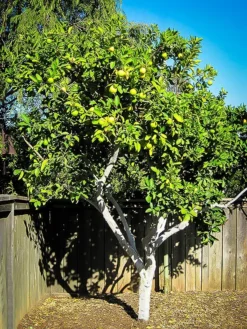
Reviews
There are no reviews yet.